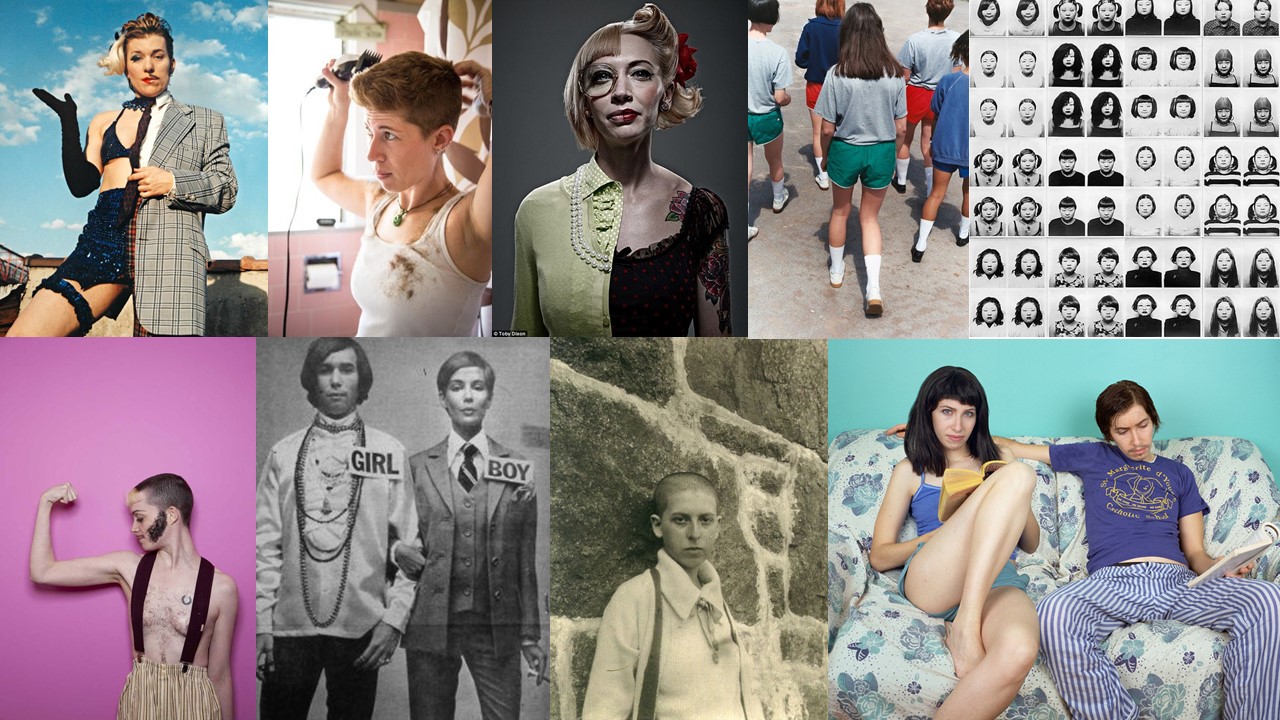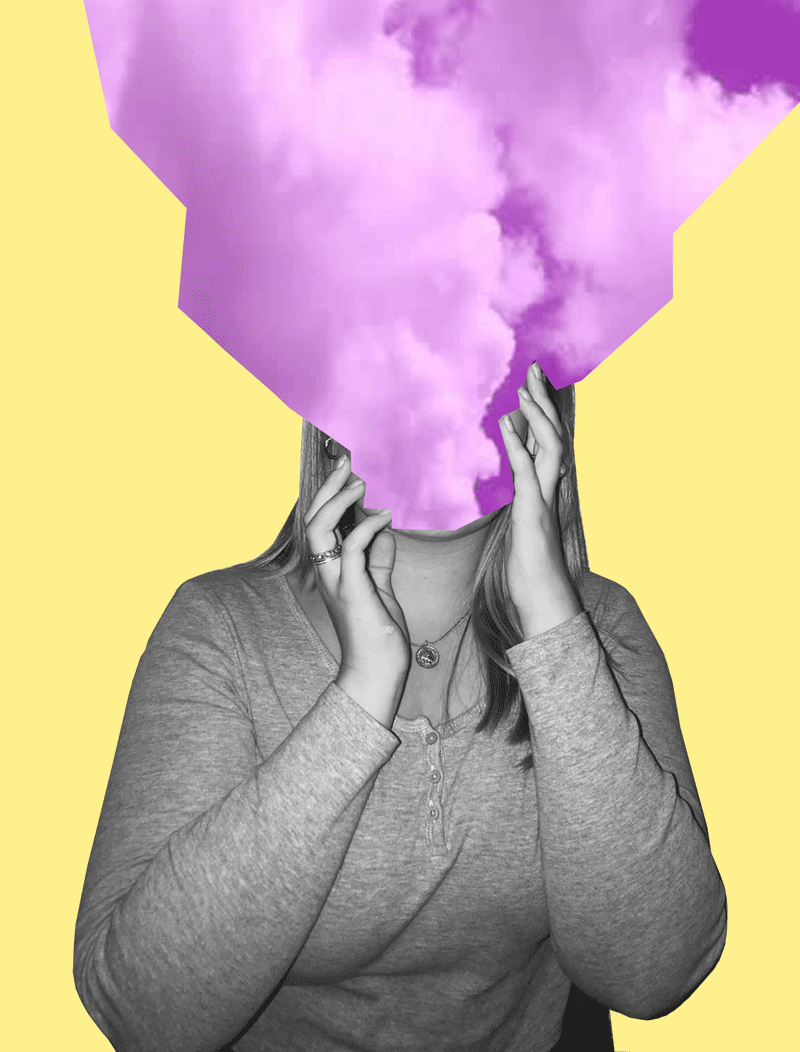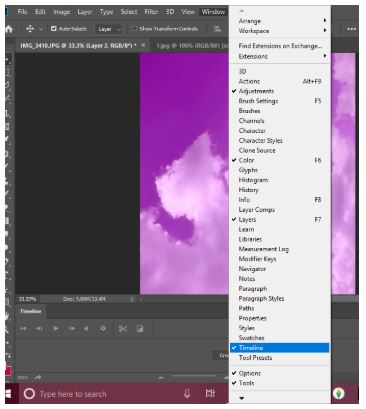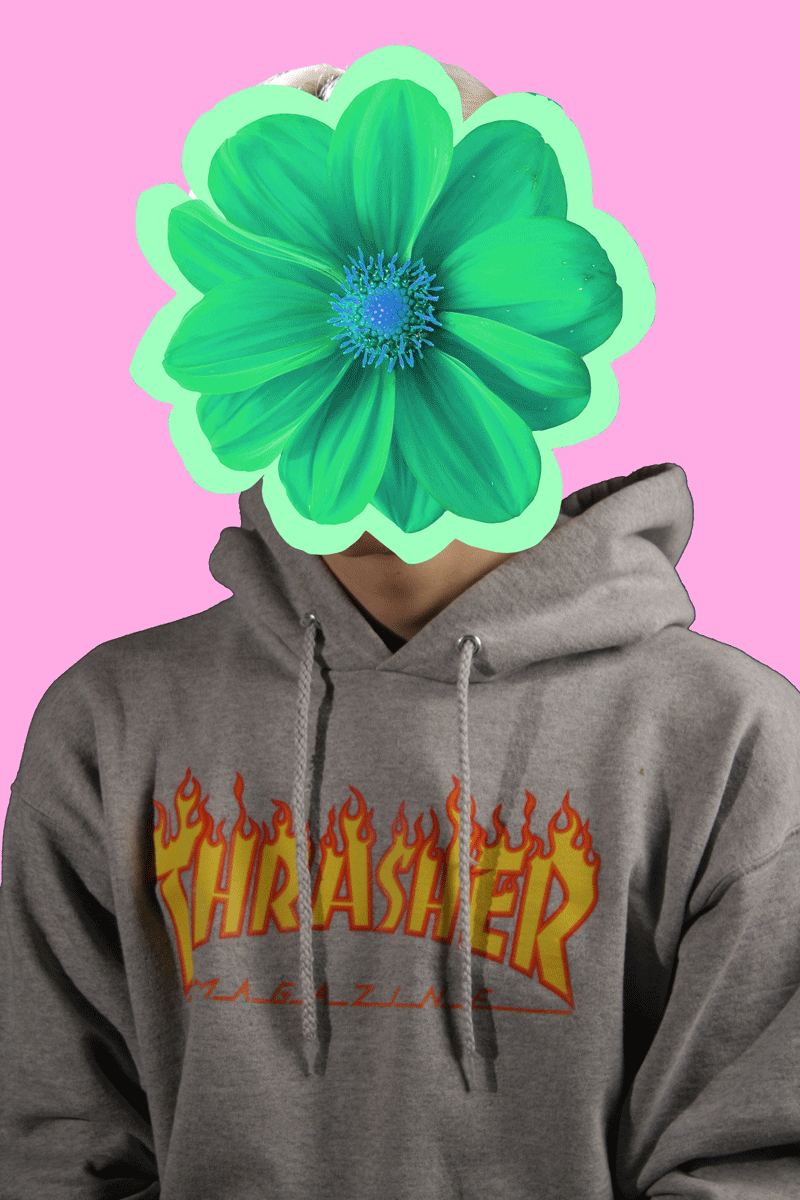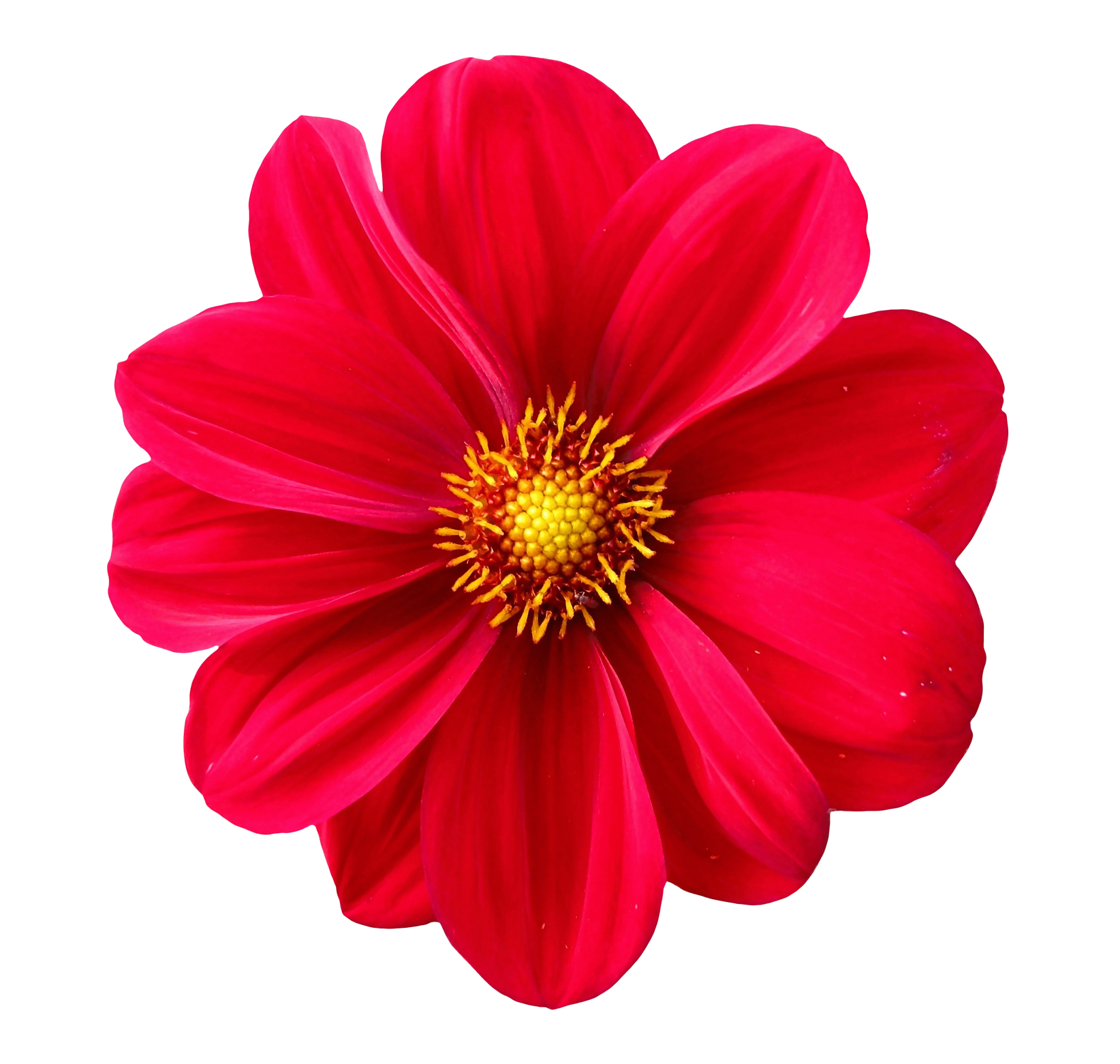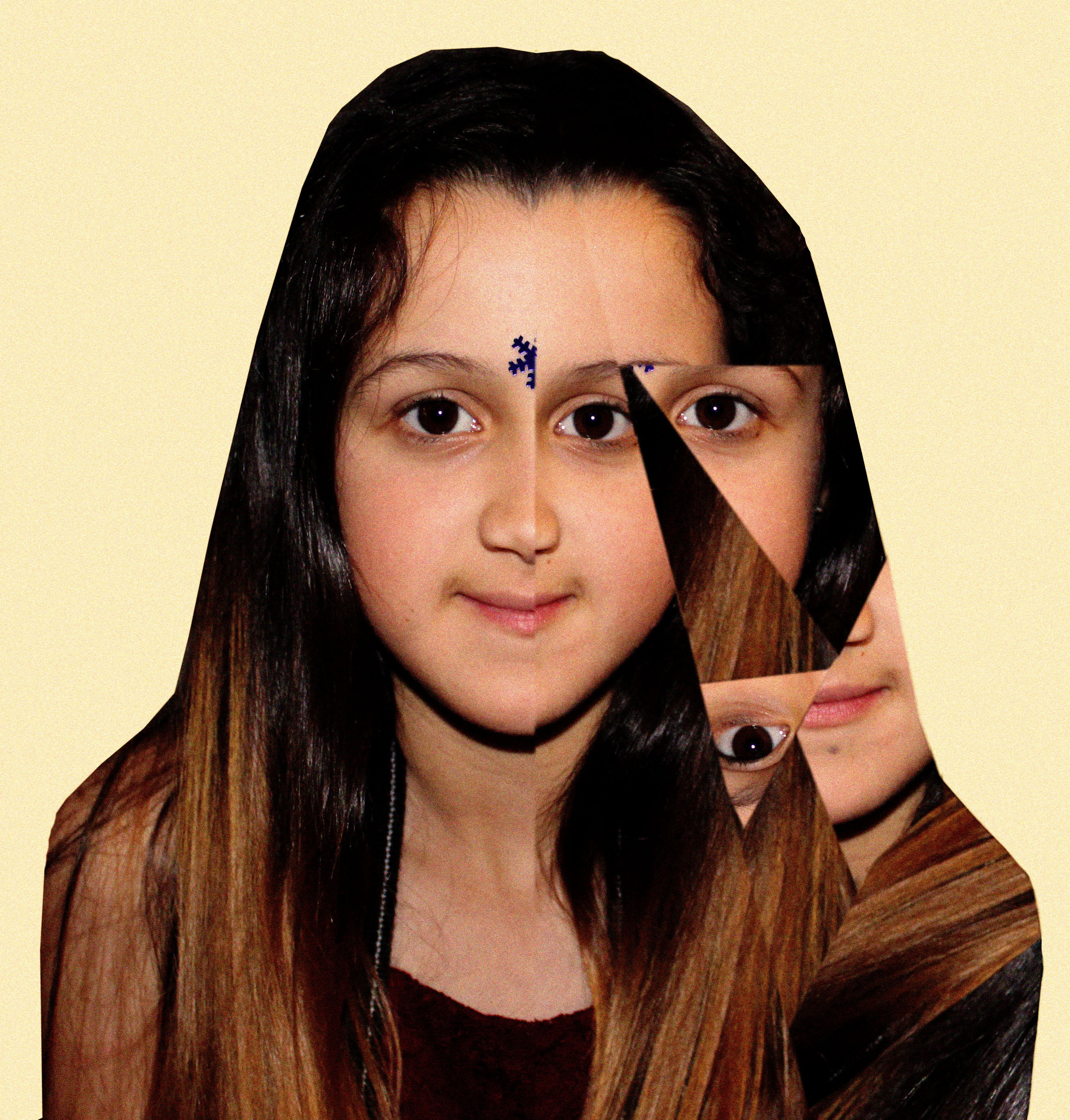MY RESPONSE
To respond to Francesca Woodman’s work, I have replicated some of her photographs to create images that show loss of identity. To replicate her photographs, I had my subject half hidden by slow exposures to blur her figure into a ghostly presence. Since she usually photographed herself in empty interiors, I captured my images in the studio room. In the studio room I turned on the spotlight and changed my camera setting to a slower shutter speed to manipulate the light and movement to create the same photographic effects Woodman has in her images. Woodman explored problems that affect young people such as isolation, questions of self and confusion about identity. I wanted to explore the same themes in my own work to create a series of photographs about lack of identity.
CONTACT SHEET



L: The lighting is overexposed/underexposed F: The image is out of focus Red X: I will not use this image Green square: I will use this image
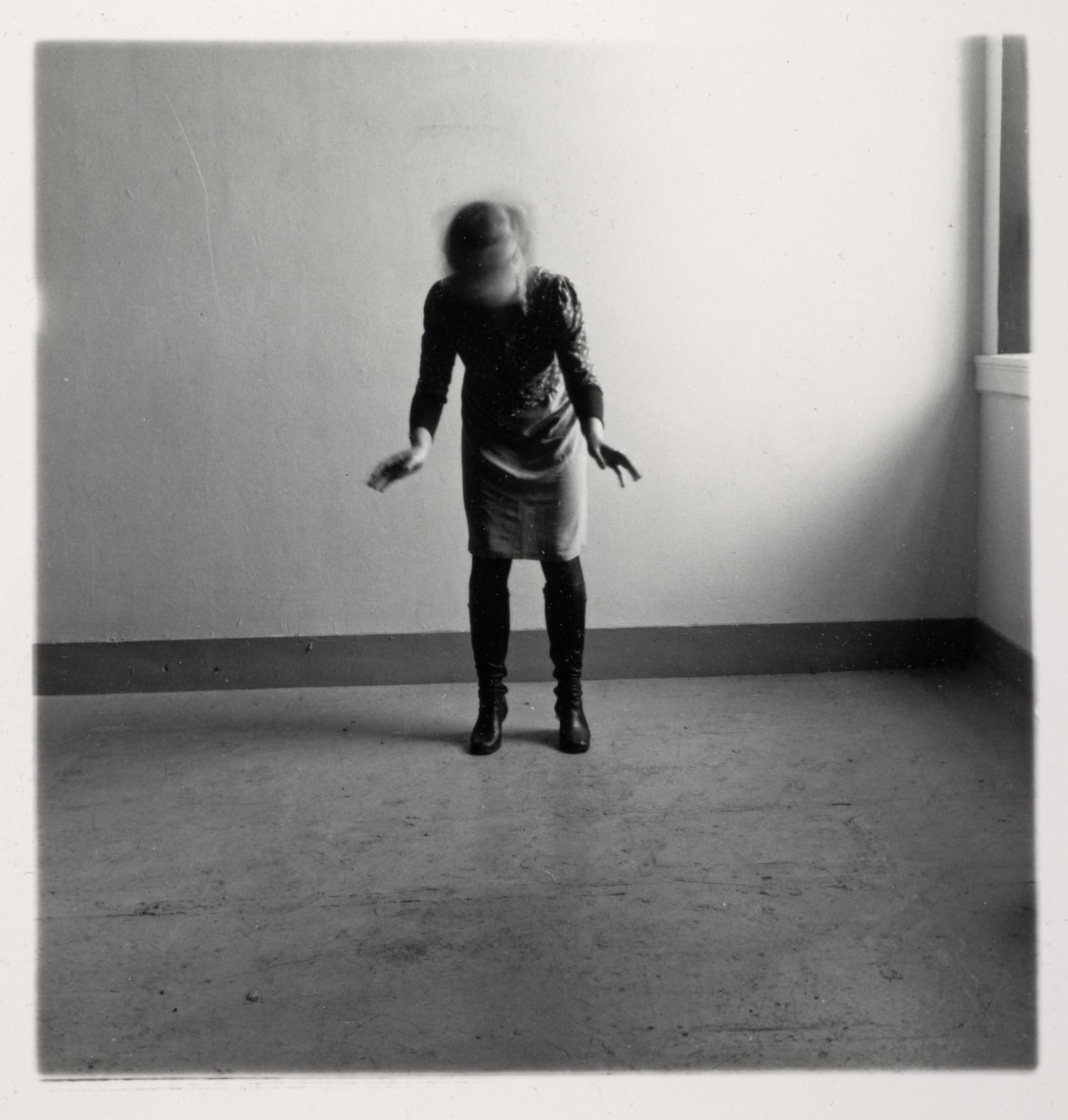
She stands in the centre of the image wearing a dress and black knee high boots. She occupies an empty space in the corner of a room, standing near the back wall. Woodman stands with her feet planted apart and is bent slightly forward towards the camera with her arms and hands out in front of her. Her face, which looks down towards the floor, is obscured by her hair. Woodman is blurred as though she is shaking her head.


I replicated her first image by having my subject wear all black. I told her to stand with her feet apart and have her arms and hands out in front of her. To create the same blurred effect, I told my subject to look down towards the floor and shake her head. Her face is obscured by her hair which is blurred through movement. The slow shutter speed captures the movement and creates a ghostly presence. Since there are no windows with light streaming through I used the spotlight in the studio room to create shadows on the floor as well as highlights. On Photoshop I changed the image adjustment to black and white and increased the contrast to create an eerie effect.
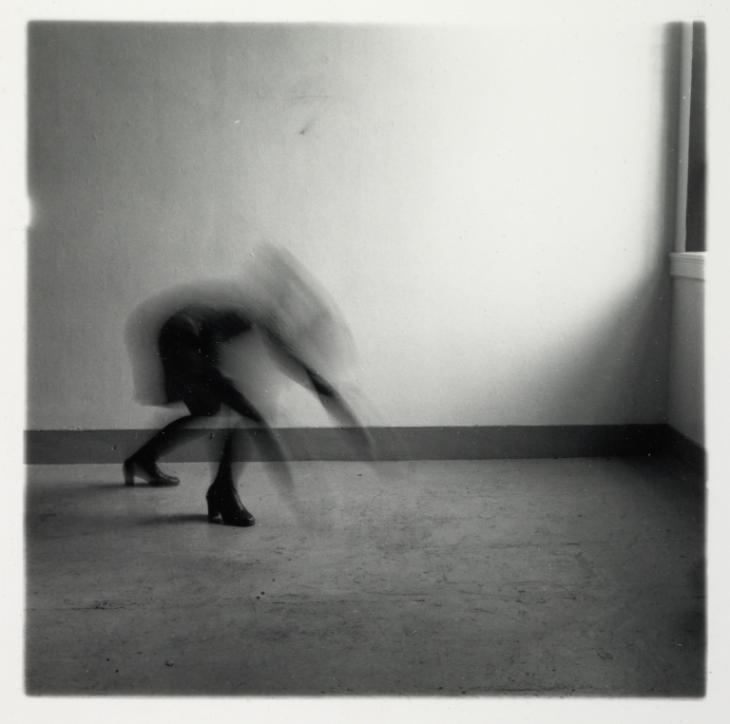
Woodman, wearing a dark dress and knee length boots, occupies an empty interior space with bare white walls. A window can be seen on the far right of the image where light enters the room. With feet firmly planted, Woodman appears to lunge forward. Her body is orientated away from the camera, her knees are bent, back hunched and arms stretched out. Her body from the ankles up is blurred as if in motion, obscuring her face.

I replicated the second image by having my subject lunge forward towards the spotlight. Because of the fast motion, most of her body is blurred. This is my favourite image that I replicated from Woodman because the rapid movement creates a sense of loss of identity. She appears lost and confused through the motion blur.

I created more loss of identity images by coming up with my own ideas to represent this topic. Although these images are not a replicate of Francesca Woodman’s photography work, they are inspired by her. I photographed my subject in front of a mirror admiring herself. I then stayed in the same position and told my subject to move out the frame. On photoshop I opened up the two images and used the opacity tool to help me position the mirror without her reflection onto of the first image. Doing this removed her reflection from the original image which connotes the idea of lack of identity since she cannot see herself through the mirror. I also applied the black and white filter to resemble Francesca Woodman’s images.

To create this image on Photoshop I told my subject to do two things. I captured one image of her looking directly at the camera, and in the same position I had my her covering her face with her hands. I placed the image with her face showing on top of the other. Using the opacity tool I placed and resized her facial features onto her hands and erased the rest of the image. This edit shows loss of identity since she is hiding her face away from the public. However, she can still be seen faintly through her hands suggesting that she can’t hide away. The subject blending into the black background creates an eerie and dark effect that Francesca Woodman portrays through her images.

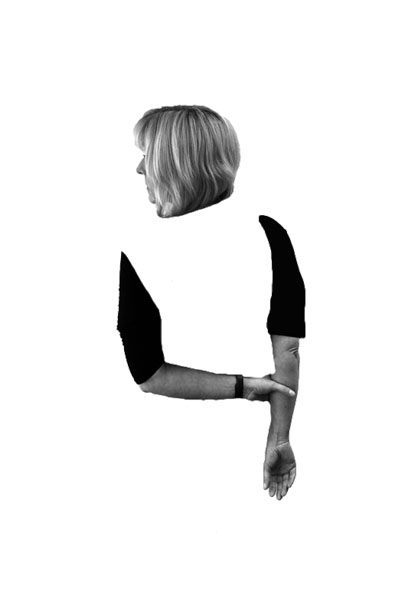
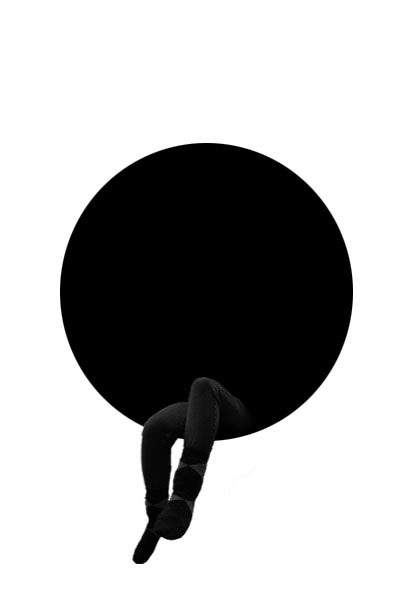
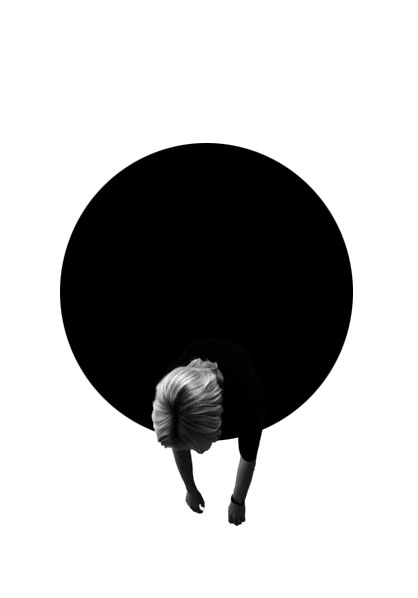

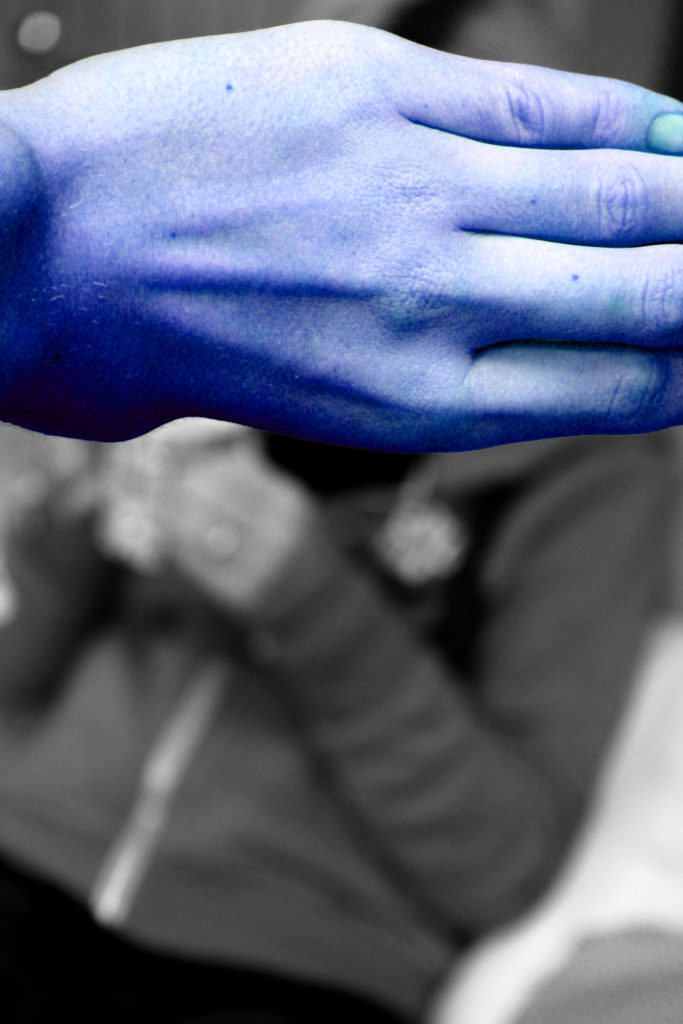
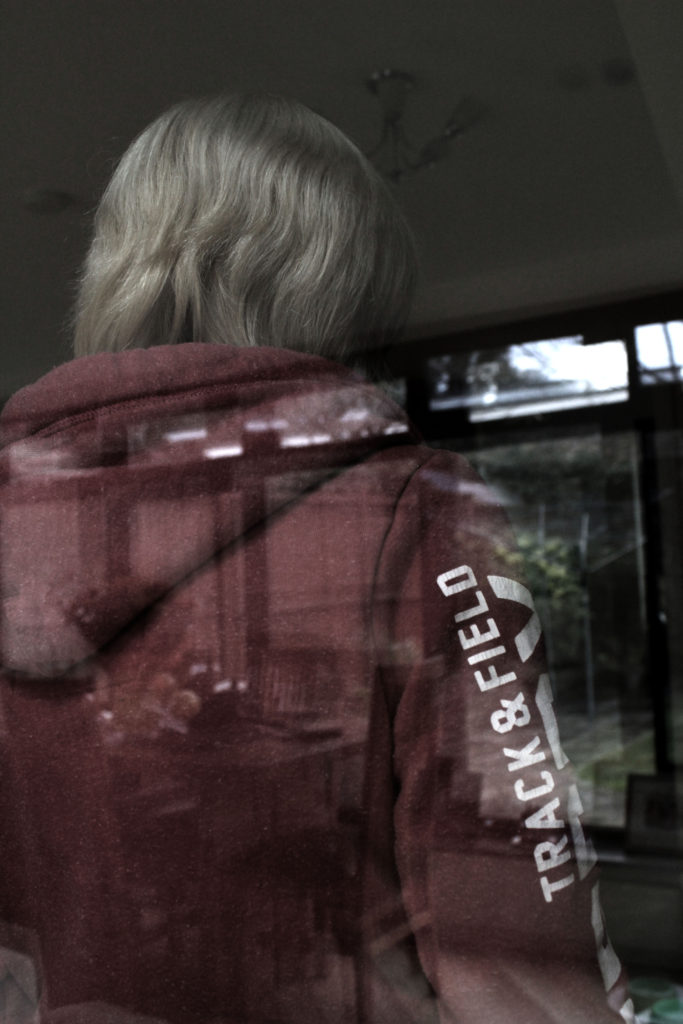

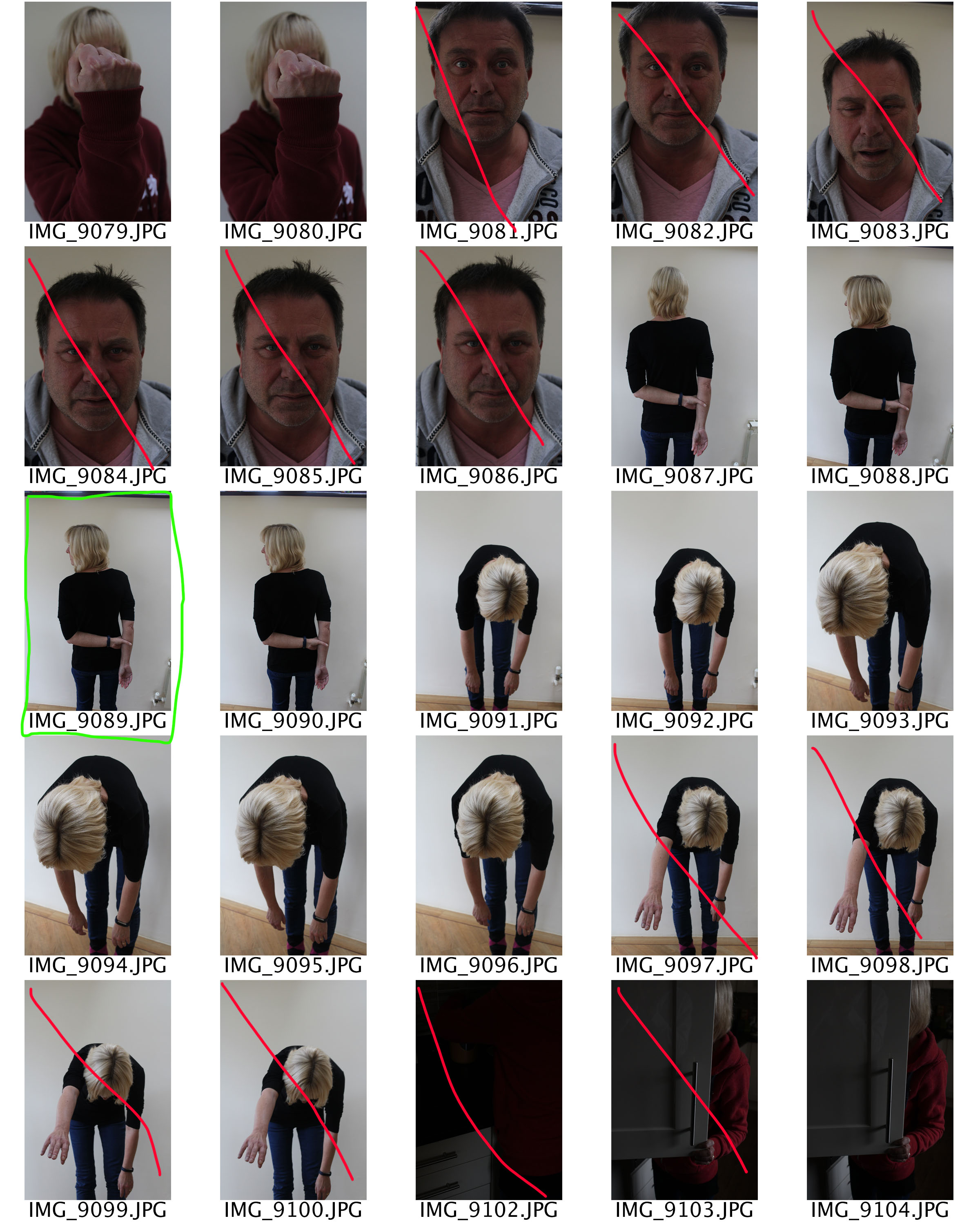
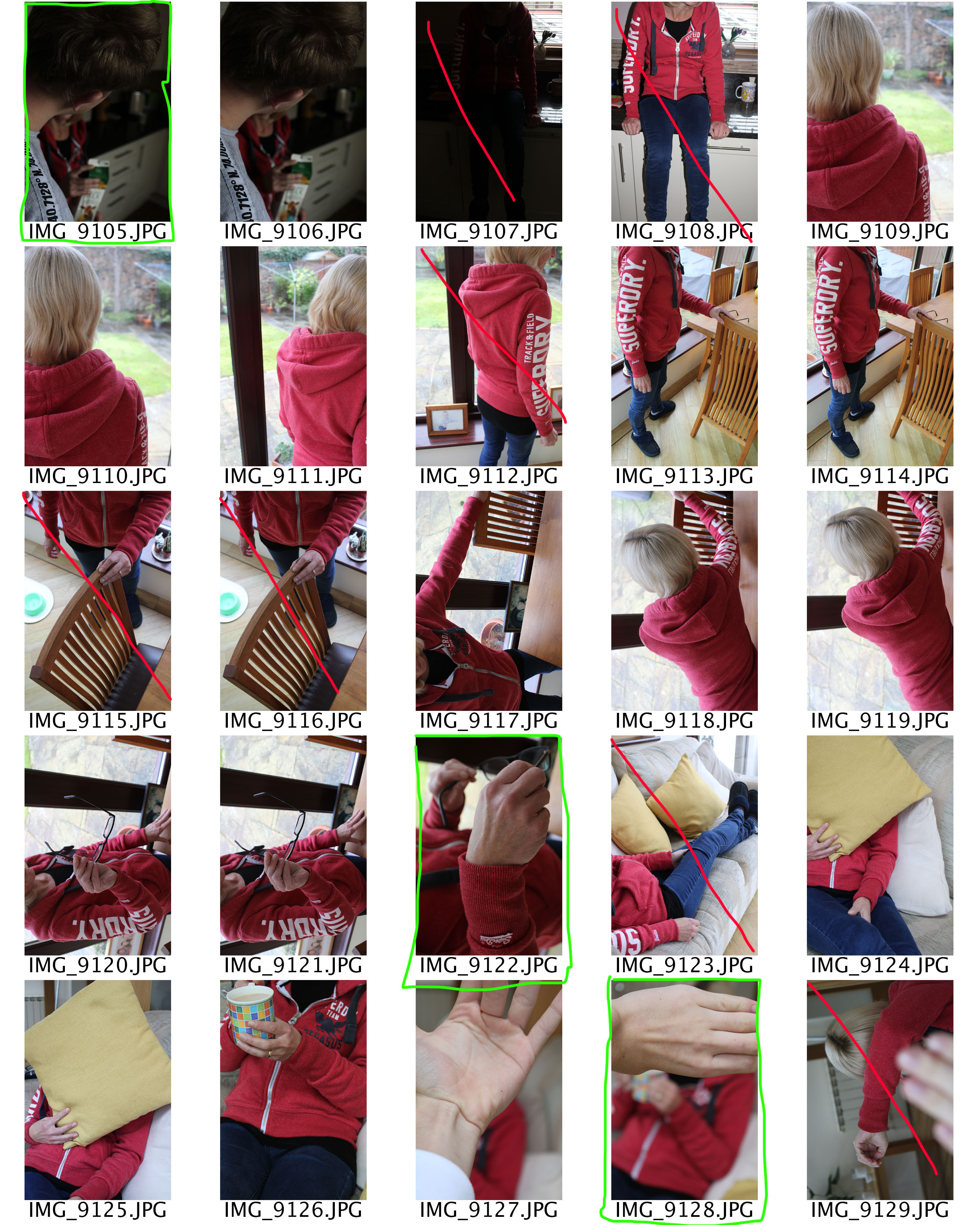
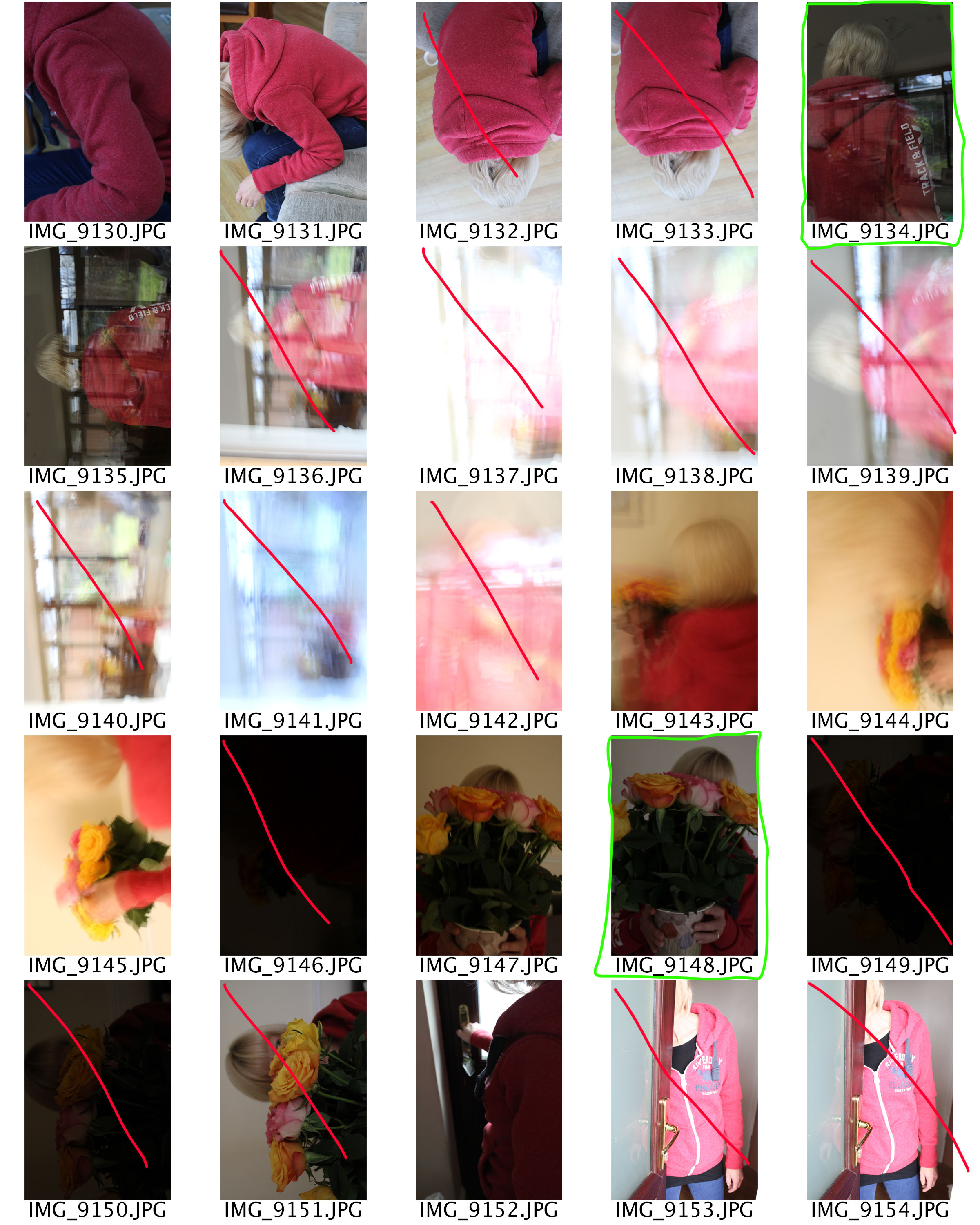




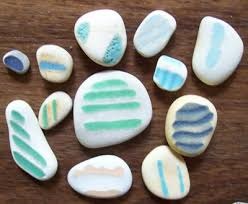


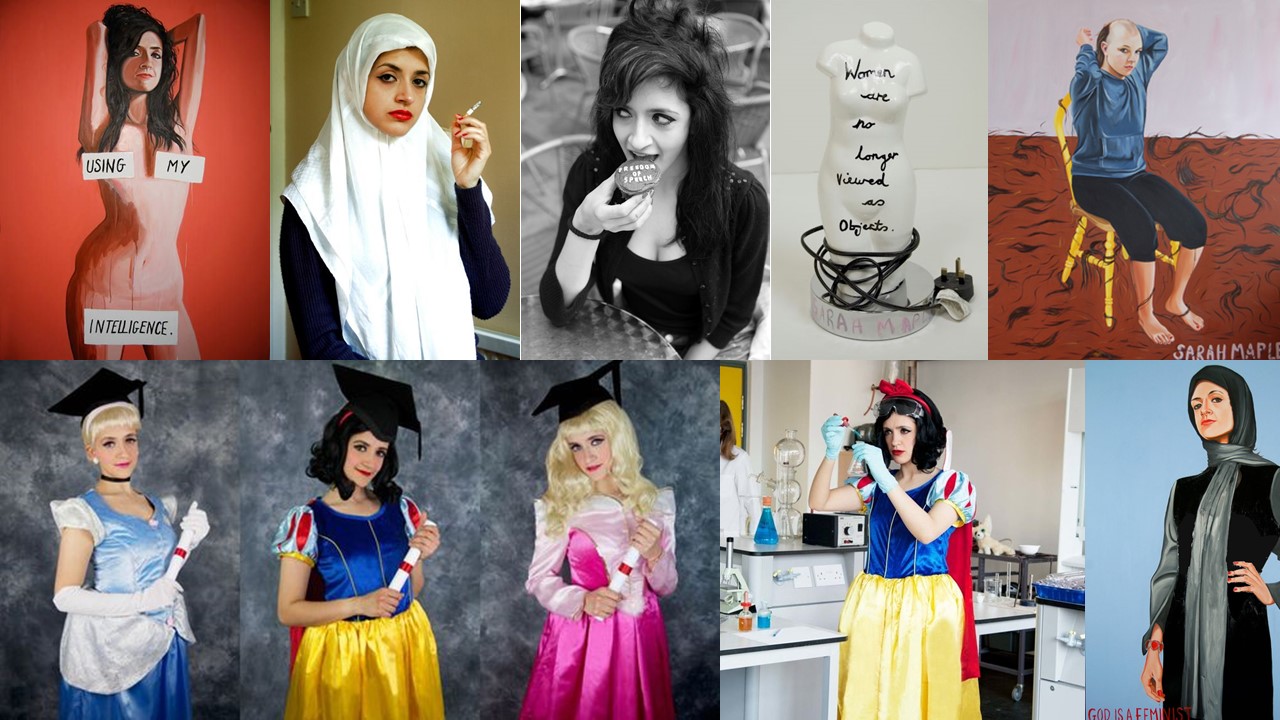
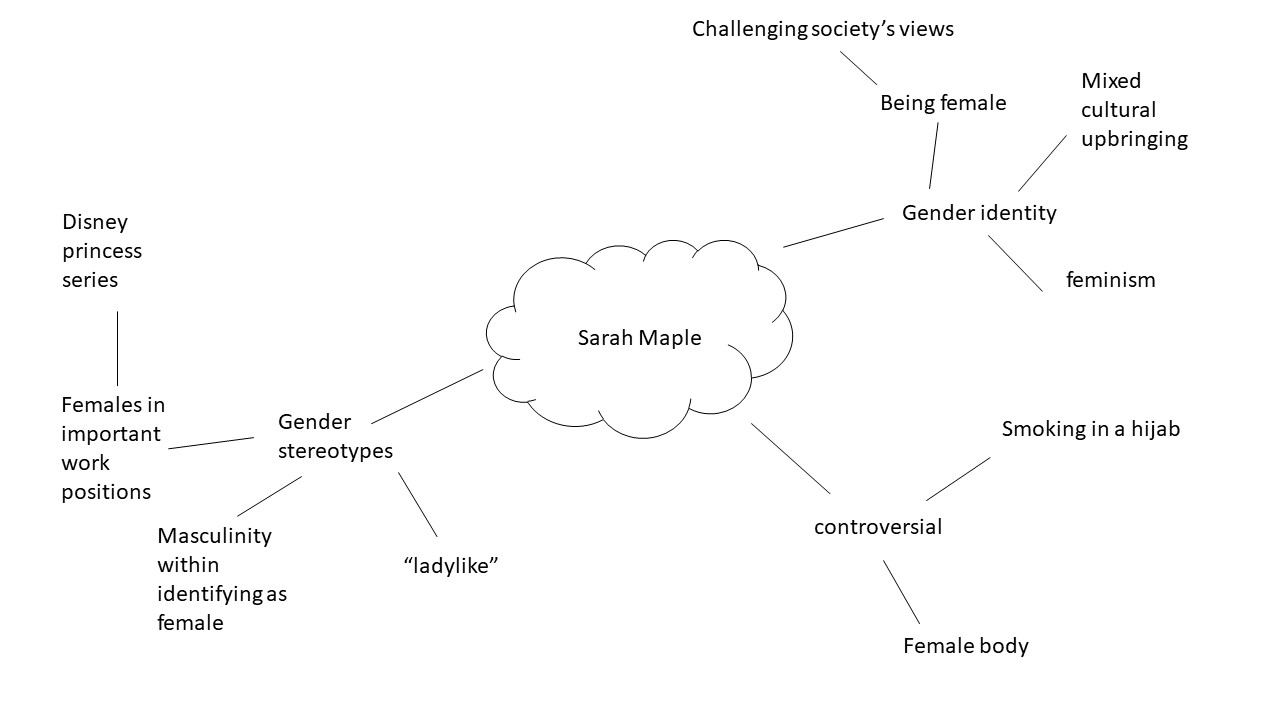

 Context
Context

